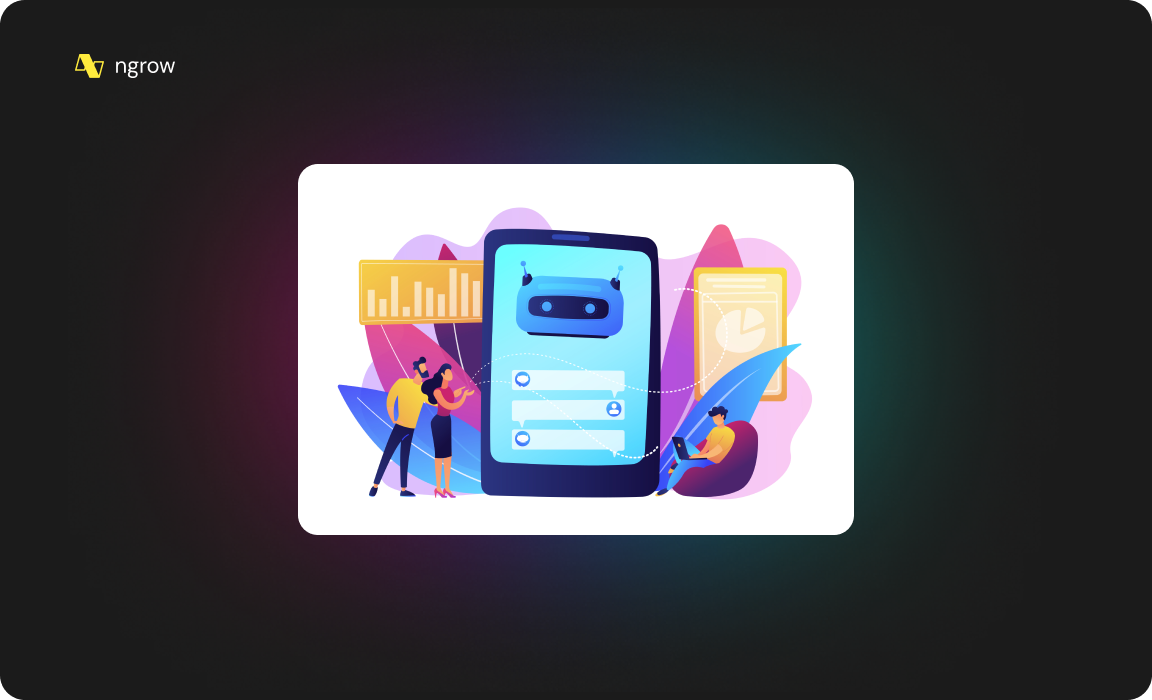
Push notifications are a powerful tool for engaging users and driving conversions in e-commerce. However, managing and optimizing push notification campaigns can be time-consuming and resource-intensive. This is where push notification automation comes in. By automating the process of sending push notifications, businesses can streamline their engagement strategies, reduce manual effort, and improve efficiency. In this article, we will explore the benefits of push notification automation and delve into effective strategies for streamlining engagement strategies for maximum impact.
The Benefits of Push Notification Automation
Efficiency: Automating the process of sending push notifications can significantly improve efficiency, reducing manual effort and freeing up resources for other tasks.
Consistency: Push notification automation can help businesses maintain consistency in their engagement strategies, ensuring that messages are sent at the right time and frequency.
Personalization: Automating the process of personalizing push notifications can help businesses deliver more relevant and engaging messages, resulting in higher engagement and conversion rates.
Scalability: Push notification automation can help businesses scale their engagement strategies, allowing them to reach a larger audience without increasing manual effort.
Cost-Effective: Push notification automation can be a cost-effective way to manage and optimize push notification campaigns, reducing the need for manual effort and improving efficiency.

Effective Strategies for Push Notification Automation
Automated Trigger Notifications: Trigger notifications are messages that are sent based on specific user actions, such as abandoning a shopping cart or completing a purchase. By automating trigger notifications, businesses can deliver timely and relevant messages, resulting in higher engagement and conversion rates.
Automated Personalization: Personalizing push notifications based on user preferences, location, or past interactions can make messages more relevant and engaging. Automating the process of personalization can help businesses deliver more targeted and relevant messages, resulting in higher engagement and conversion rates.
Automated Segmentation: Segmenting users based on their behavior, preferences, or demographics can help businesses deliver more targeted and relevant push notifications. Automating the process of segmentation can help businesses save time and resources, allowing them to focus on other aspects of their engagement strategies.
Automated Testing and Optimization: A/B testing and optimization are essential for improving the performance of push notification campaigns. Automating the process of testing and optimization can help businesses save time and resources, allowing them to quickly and easily identify the most effective messaging strategies.
Automated Reporting and Analytics: Tracking and analyzing the performance of push notifications is essential for optimizing campaigns and improving conversion rates. Automating the process of reporting and analytics can help businesses save time and resources, allowing them to quickly and easily gain valuable insights into user behavior and adjust their strategies accordingly.

Best Practices for Push Notification Automation
Personalization: Personalizing push notifications based on user preferences, location, or past interactions can make messages more relevant and engaging. Tailoring content to individual users can help build stronger connections and drive user loyalty.
Relevance: Ensuring that push notifications are relevant to the specific needs and interests of each group is essential for driving engagement and conversions. By delivering relevant messages, businesses can build stronger connections with their audience and increase user loyalty.
Timing and Frequency: Timing and frequency are crucial when it comes to push notifications. Sending messages at the right time and frequency can significantly impact user engagement and response rates.
A/B Testing: A/B testing can help businesses identify the most effective messaging strategies and optimize their push notification campaigns. By testing different messages, businesses can identify the most engaging content and improve their conversion rates.
Call-to-Action: Including a clear and concise call-to-action in push notifications can significantly improve response rates. By clearly outlining the desired action, businesses can encourage users to engage with their website or app.
Analytics and Reporting: Tracking and analyzing the performance of push notifications is essential for optimizing campaigns and improving conversion rates. By leveraging analytics and reporting tools, businesses can gain valuable insights into user behavior and adjust their strategies accordingly.
Conclusion
In conclusion, push notification automation is a powerful tool for streamlining engagement strategies and improving efficiency. By automating the process of sending push notifications, businesses can save time and resources, improve consistency, and deliver more relevant and engaging messages. Implementing effective strategies for push notification automation can help businesses unlock the full potential of push notifications and create meaningful interactions with their audience. From automated trigger notifications and personalization to segmentation, testing, and reporting, there are many factors to consider when crafting a successful push notification automation strategy. By leveraging these strategies, businesses can deliver more relevant and engaging messages, build stronger connections with their audience, and drive conversions beyond the homepage.
